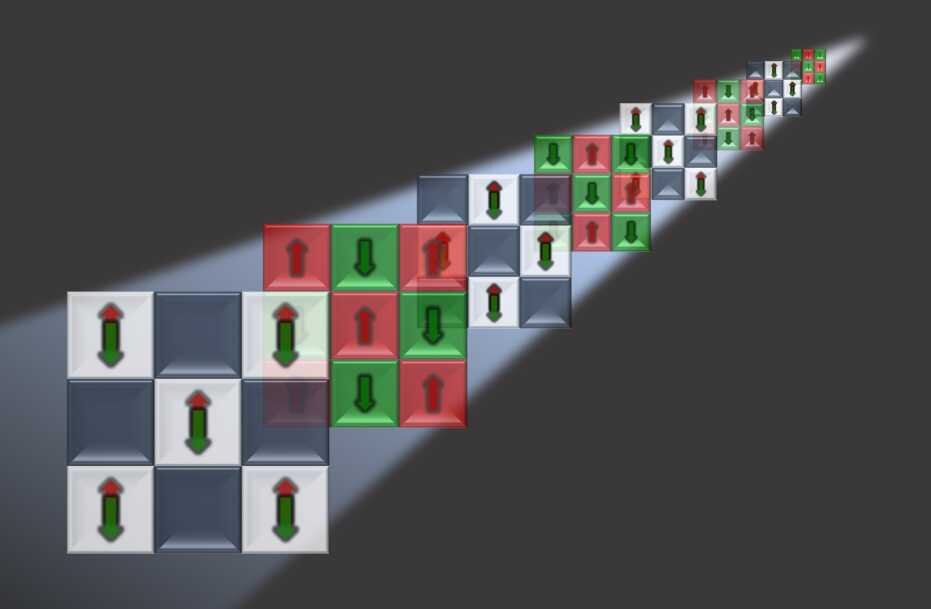
Physicists at ETH Zurich have observed a surprising twist in a quantum system caused by the interplay between energy dissipation and coherent quantum dynamics. To explain it, they found a concrete analogy to mechanics.
The team had tackled a very complex topic: a quantum system in which the individual particles interact strongly with one another and that is simultaneously driven from the outside and also dissipative. Dissipative means that the quantum states of the particles do not just evolve coherently in time—that is, such that their superposition states remain intact. Rather, a controlled connection to the outside world causes the superposition states to disappear little by little. If the dissipation is very strong, they disappear very fast, and as a result the particles then behave almost like in classical physics. Without any dissipation, on the other hand, the way the particle system evolves in time is dictated purely by quantum mechanics—an ideal case that is used by physicists to build quantum computers, for instance.
To build such a quantum system in the laboratory, the physicists cooled atoms down to temperatures close to the absolute zero of around -273 degrees Celsius and exposed them to a focused laser beam that traps and drives the atoms inside a kind of lattice made of light.
When the physicists carried out the experiment in a regime where the influence of dissipation (caused by a loss of photons from the cavity) was large enough, something unusual happened: it seemed as though the atoms were turning through the patterns over and over, with a particular sense of rotation. (Phys.org)
